How the world's hottest new tourist spot has changed the fortunes of a small village
Eight years ago most of the world had never heard of the sleepy fishing village of Oslob in the Philippines.
But in 2011 a group of local fisherman came up with an idea that would ultimately put their village on the world map – lifting them from a life below the poverty line to earning millions of dollars over the next six years.
But with success comes scrutiny and pretty soon environmentalists and scientists in western countries were warning about a dark side of the transformation that has turned Oslob into one of the most popular tourist destinations in the world. Even the country’s Miss Universe contestant has been caught up in the backlash.
This is a seriously good news story, although not everyone agrees.
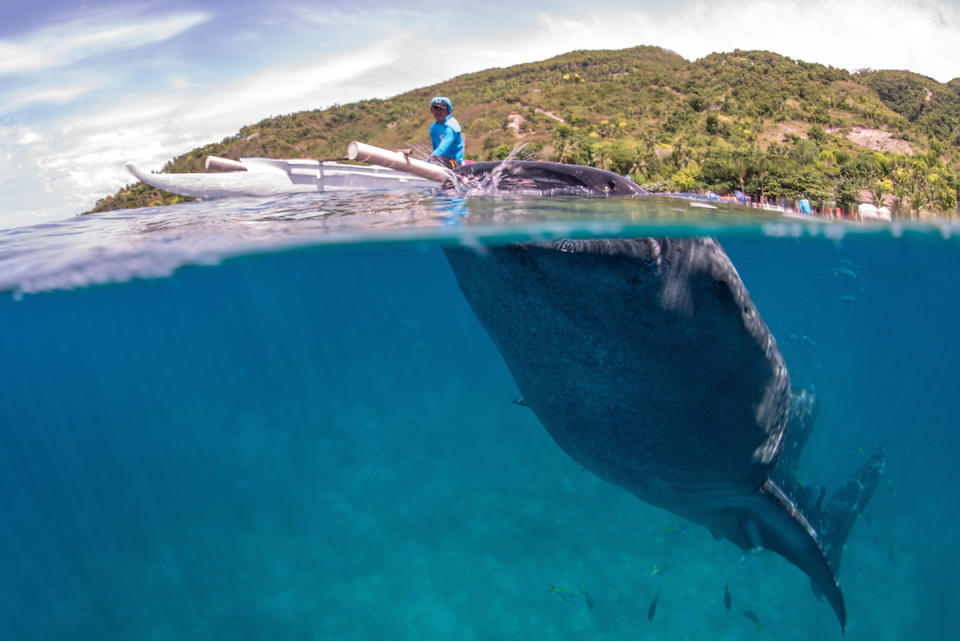
The day that changed everything for Oslob
The waters far off the coast of Oslob, on the island province of Cebu, are home to endangered whale sharks.
In generations gone by, when one of the gentle giants knocked against their canoe while out fishing, the fishermen learned to deflect the whale sharks away from their nets by throwing a small handful of krill away from their boats.
Then in 2011, a tourist paid a fisherman to draw a whale shark nearer to shore so she could get a closer look. And that’s when the light bulb went on.
Today, the town attracts on average 850 tourists a day - many of them Australians - who travel to Oslob to swim with the world’s largest fish which are enticed close to the shore each morning using the same method.
It is “the most financially successful and controversial community based dive tourism site in the world,” said Judi Lowe.
Despite criticism surrounding Oslob, it is responsible for “extraordinary contributions to conservation.”
A marine scientist who has just been awarded her PhD by Southern Cross University in NSW, Lowe was formerly the Principal Lawyer for the Department of Climate Change and Energy Efficiency in Canberra, before she traded in the briefcase for field work.
As a scuba instructor and the daughter of a pearl diver, for her doctoral research she decided to study the few dive operators around the globe that are actually having a positive impact on the conservation of coral reefs and marine resources.
Oslob was at the top of the list.
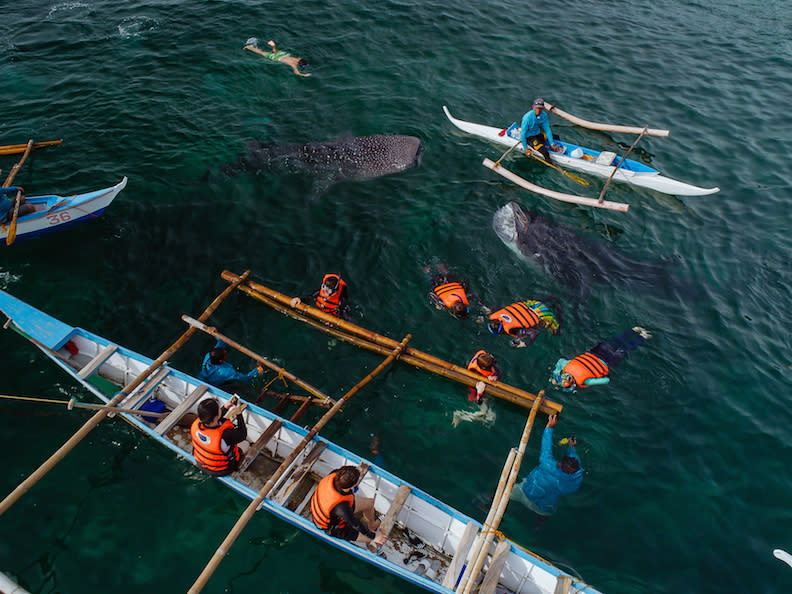
A ‘bright spot’ in marine conservation
“Everybody thinks that scuba diving is good for coral reefs, but we know from the scientific literature, it’s not. Divers damage coral reefs and disturb megafauna species” Lowe explained.
However there are a few “bright spots” where dive operators actually improve marine conservation. Misool Eco Resort in Raja Ampat is one. Oslob is another. After travelling to Oslob and interviewing fishermen, local families and government officials, Lowe and the team were blown away by what they found.
“Oslob is incredible because it creates livelihoods that are an alternative to fishing. The income lifts the fishermen and their families out of poverty, at the same time as protecting whale sharks and marine reserves. The tourism finances sea patrols by the Bantay Dagat, or volunteer sea wardens, who protect whale sharks and prevent destructive fishing. “They are actually fishing less. Fish catch is up and the number of species of fish being caught has increased,” said Lowe.
“International development projects with budgets in the tens of millions of dollars would be proud of achieving results like that, so the fact that a group of poor fisherman are doing it, is nothing short of extraordinary.”
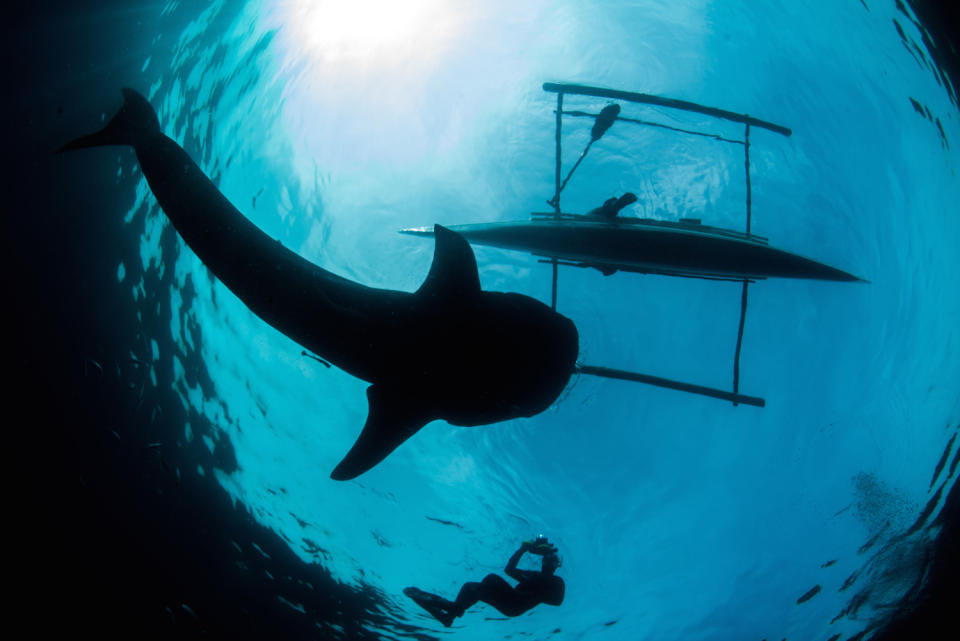
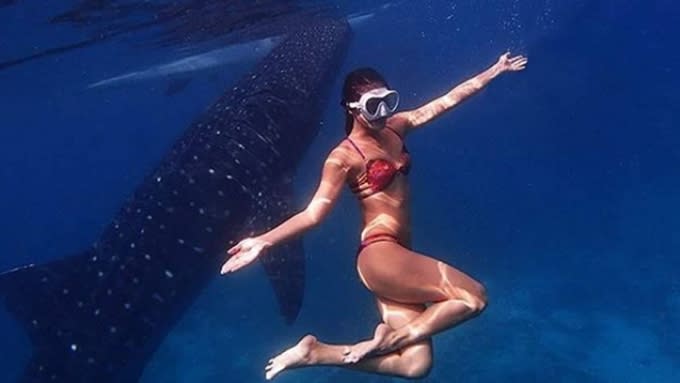
Transforming lives with whale shark tourism
The money coming in from tourists keen to swim with the whale sharks flows through the community creating other economic opportunities for locals, turning previously impoverished wives into entrepreneurs. This, Lowe says, has improved the gender balance in the community.
Ms Lowe poured over municipal audit reports to find that Oslob earned US$18.4 million (A$27 million) from ticket sales in the six years from 2012 to 2016.
Sixty percent of that income goes to the fishermen’s association that runs Oslob. Thirty per cent goes to the municipality and 10 per cent goes to the village to pay for tourism and community infrastructure and livelihood projects for other residents.
This money has transformed the village. Hostels and guesthouses have popped up to cater to the tourist demand. Meanwhile locals have been able to build sturdy houses that can withstand typhoons and send their children to school.
“Now, our daughters go to school and we have concrete houses, so if there’s a typhoon we are no longer afraid. We are happy. We can treat our children to good food, unlike before,” the wife of a local fisherman told Lowe.
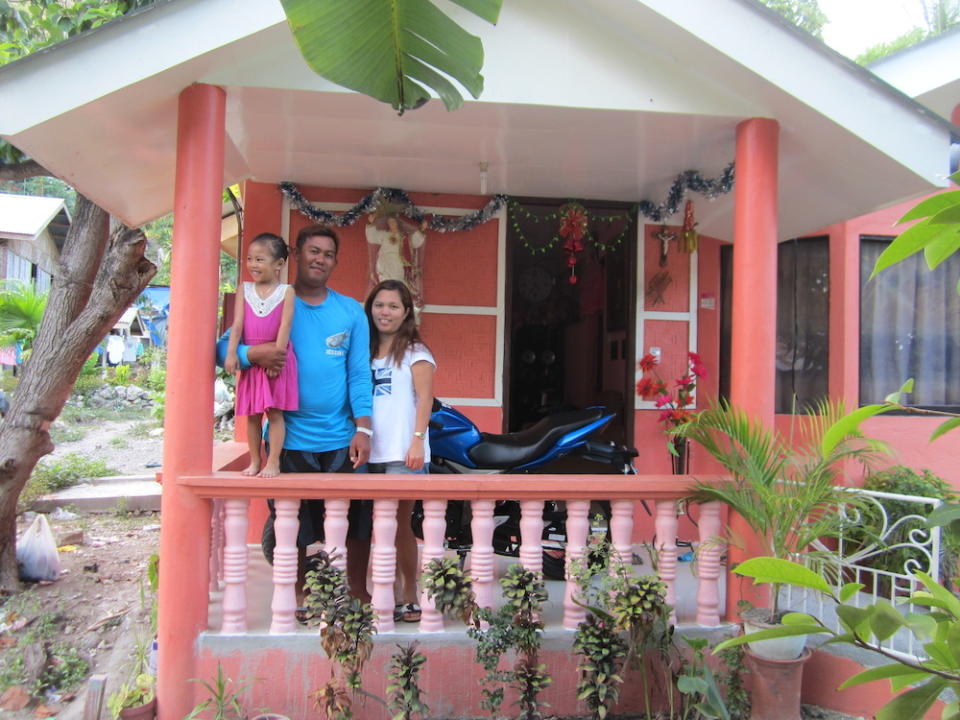
In previous decades muro-ami fishing used child slaves to dive down in human curtains to pound coral reefs with rocks, scaring fish into waiting nets. This highly destructive fishing practice destroyed coral reefs and stripped Oslob of fish, deepening the poverty of fishermen and their families for generations to come.
But now the tourism money has dramatically improved their lives and helped protect the reefs and an endangered species of whale sharks, which despite being protected in the Phillipines since 1998, are still illegally fished for their fins.
What’s all the controversy about?
Whale shark tourism isn’t popular with everybody. Many oppose it for fear that the whale sharks are harmed by the feeding.
One study claims that feeding interferes with the whale sharks normal feeding patterns, changes their distribution and makes them dependent.
However, a review by Dr Mark Meekan of the Australian Institute of Marine Science and Lowe found that the studies suffer from problems with the methodology used and poor interpretation of results. Meekan and Lowe conclude that there is no evidence that feeding at Oslob harms the whale sharks.
Oslob remains controversial. Emotional debate around feeding has fueled international media calls urging tourists not to partake in whale shark tourism. After 12 Miss Universe candidates swam with whale sharks in 2016, the resulting outrage sparked a petition denouncing the practice and calling for Oslob to be shut down.
However Oslob is providing immense benefit - not just in the emerging prosperity to the local community.
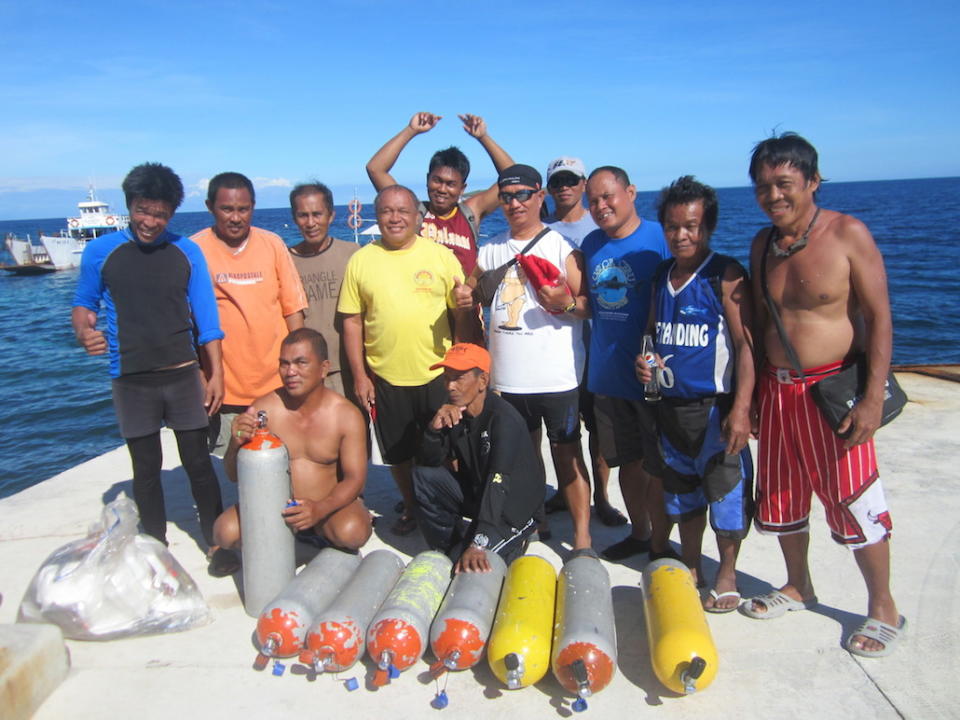
Income from whale shark tourism provides real incentive to the community to conserve the whale sharks and coral reef resources of Oslob. One thing is certain. Shutting Oslob down would have a devastating effect on the fishermen and their community, Lowe says.
Their livelihood would be gone and they would have to return to full-time fishing. And the much needed finance to protect whale sharks and coral reefs would be gone.
Do you have a story tip? Email: newsroomau@yahoonews.com.
You can also follow us on Facebook and Twitter, download the Yahoo News app from the App Store or Google Play and stay up to date with the latest news with Yahoo’s daily newsletter. Sign up here.



